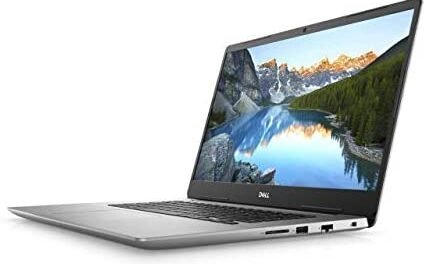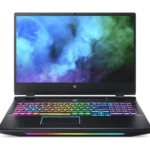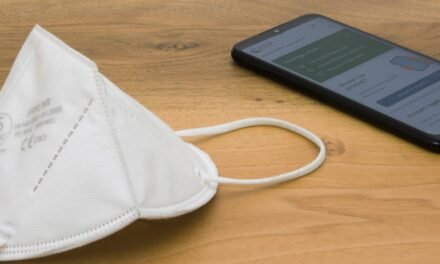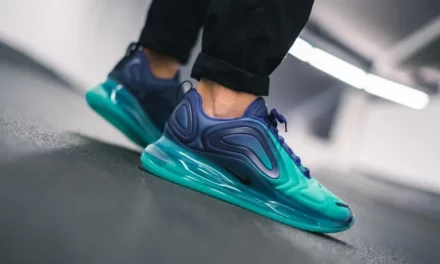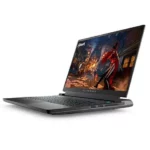
Cooking Up a Storm: Choosing the Right Oven Pans

Whether you’re a professional chef or just a passionate amateur, having the right oven pans is essential for successful cooking. Oven pans come in all shapes and sizes, from rectangular to round and everything in between. But how do you know which ones are best for what you’re trying to accomplish? From materials to size, there are many factors that need to be taken into consideration when selecting the right oven pan. In this blog post, we’ll walk you through all those considerations so that your next delicious creation comes out perfectly cooked every time.
Materials: Aluminum, Stainless Steel, Cast Iron, and More
There are many different materials used to make oven pans, each with its advantages and disadvantages. Here is a look at some of the most common materials:
Aluminium: Aluminum is a lightweight metal that heats up quickly and evenly. It is also relatively inexpensive. However, aluminium can react with certain foods, causing them to discolour or develop an off-flavour.
Stainless steel: Stainless steel is heavier than aluminium and takes longer to heat up, but it is more durable and doesn’t react with food. It is also more expensive than aluminium.
Cast iron: Cast iron pans are very heavy and take a long time to heat up, but they retain heat well and can be used on any cooking surface, including the stovetop. Cast iron pans must be seasoned before use, however, or they will rust.
Nonstick coatings are also available for all of these materials, making them even easier to use. When choosing an oven pan, consider what material best suits your needs.
Size and Capacity: Choosing the Right Pan for Your Needs
Like most home cooks, you probably have a few old, trusty pans for everything. But when it comes to baking, using the right size and type of pan is crucial for perfect results. Here’s a quick guide to choosing the right oven pan.
Size Matters
The first thing to consider when choosing an oven pan is size. Baking pans come in all shapes and sizes, from small cakes to large sheet pans. So, which size to choose?
It all depends on what you’re making. For example, if you’re baking a cake or some other small item, you’ll want to use a smaller pan. Conversely, you’ll need a larger pan to make something like cookies or roasted vegetables.
There are also times when you’ll need a special-sized pan for a specific recipe. In those cases, follow the recipe instructions carefully, so your dish turns out just right.
Capacity Counts
Another important consideration when choosing an oven pan is capacity. That is, how much food can the pan hold? This is particularly important when making larger dishes like casseroles or lasagna. You want to avoid ending up with a dish that’s too big or too small for your pan.
Again, following the recipe instructions carefully will help ensure that you choose the right-sized pan. And if you’re
Nonstick vs Traditional: Pros and Cons
When it comes to oven pans, there are two main types: nonstick and traditional. Each has its pros and cons that you should consider before making a purchase.
Nonstick Pros:
1. Nonstick pans are much easier to clean than traditional pans. Food doesn’t stick to the surface, so you won’t have to scrub as hard to get them clean.
2. Nonstick pans can also help you avoid sticking issues in the first place. If you’re worried about your food sticking or burning, a nonstick pan can give you some peace of mind.
3. Nonstick surfaces heat more evenly than traditional pans, so you’re less likely to end up with hot spots that can cause burnt food.
Cons:
1. Traditional materials like stainless steel are more durable than Nonstick surfaces. Over time, they may start to chip or scratch, affecting their appearance and performance.
2. Some people worry that chemicals from nonstick surfaces can leach into food, though there is no conclusive evidence that this is harmful.
3. Nonstick surfaces usually can’t be used at as high a temperature as traditional pans, so they may only be ideal for some cooking tasks.
Durability and Quality: How to Choose Pans that Will Last
Regarding cookware, durability and quality are essential factors to consider. With so many options on the market, it can be challenging to know how to choose pans that will last. Here are a few tips to help you make the best choice for your cooking needs:
1. Consider the material. The type of material used in a pan can affect its durability and quality. For example, cast iron is a durable option that can last for many years if properly cared for. Stainless steel is another option that is both durable and easy to clean.
2. Look for well-made pans. When shopping for new cookware, take the time to examine the construction of the pans. Look for pans made with thick walls and heavy bottoms—these will be less likely to warp or become damaged over time.
3. Avoid nonstick coatings. While nonstick coatings can make cooking and cleanup more accessible, they often don’t hold up well over time—meaning you’ll likely have to replace your pans more frequently. If you opt for a nonstick coating pan, use gentle cleaning methods and avoid using metal utensils, which can scratch the surface.
By following these tips, you can be confident that you’re choosing durable, high-quality cookware that will last for years.
Brands and Models: Top Picks for Home and Professional Use
Like most people, you probably have a few favourite brands and models for oven pans. But with so many different types and sizes of pans on the market, it can take a lot of work to know which ones are right for you. Here are a few things to keep in mind when choosing oven pans:
-Size: One of the most important factors to consider when choosing an oven pan is size. You’ll need to ensure that the pan you choose will fit comfortably in your oven. If you need help determining what size pan you need, measure your oven or ask a salesperson for help.
-Type: Another essential factor to consider is type. There are two main types of oven pans: sheet pans and cake pans. Sheet pans are typically used for baking cookies, biscuits, and other flat items. On the other hand, cake pans are designed specifically for baking cakes. If you need help determining which type of pan you need, ask a salesperson for help.
-Material: Oven pans are typically made from either aluminium or stainless steel. Aluminum is a good choice if you’re looking for an inexpensive option. Stainless steel is more expensive but it’s also more durable and easier to clean.
-Nonstick coating: Some oven pans have a nonstick coating that makes them easier to use and clean up. If you think you might want a nonstick pan, look for one that has been treated with PTFE (
Cleaning and Maintenance: How to Keep Your Pans in Top Condition
Pans can take a beating during cooking, so it’s essential to clean and maintain them properly to keep them in top condition. Here are some tips on how to clean and maintain your pans:
-Wash your pans after each use with hot soapy water.
-Use a non-abrasive sponge or cloth to avoid scratching the surface.
-Dry your pans thoroughly to prevent rusting.
-If food starts to stick to the pan, soak it in hot water for a few minutes before washing.
-Avoid using harsh chemicals or abrasive cleaners on your pans.
FAQS
Q: What are the different types of materials used for oven pans?
A: Common materials used for oven pans include aluminium, stainless steel, cast iron, and nonstick coatings. Each type of material has pros and cons, such as heat conductivity, durability, and ease of cleaning.
Q: How do I choose the right size and capacity for my oven pan?
A: The size and capacity of the oven pan will depend on the type of food you plan to cook and the size of your oven. Be sure to check the dimensions of the pan and the capacity before purchasing to ensure it will fit in your oven and meet your cooking needs.
Q: What are the pros and cons of nonstick vs traditional oven pans?
A: Non-stick oven pans have a coating that makes them resistant to sticking and easier to clean. However, they may not be as durable as traditional pans, and the nonstick coating can wear off over time. Traditional oven pans may require more oil or butter to prevent sticking, but they are generally more durable and can handle higher temperatures.
Conclusion
When it comes to cooking, having the right tools can make all the difference. This is especially true when it comes to oven pans.
There are a few things to keep in mind when choosing oven pans. First, think about what you will be using the pan for. Will you be baking cakes or cookies? Roasting meat? Making casseroles? The type of food you plan to cook will dictate the pan you need.
Also Read: How Lumio Solar is Revolutionizing the Solar Industry




